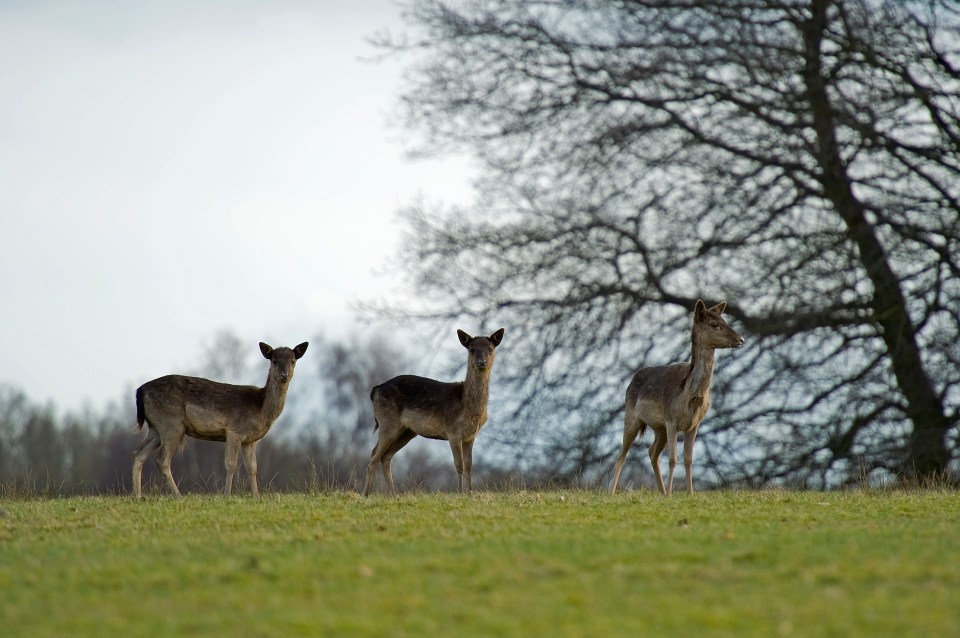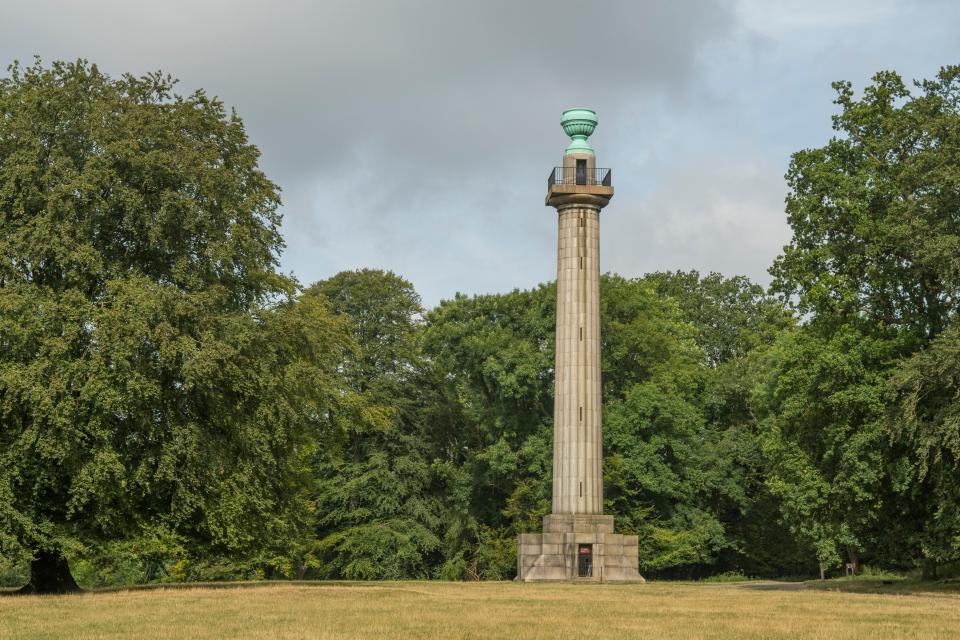This article is an on-site version of our Moral Money newsletter. Premium subscribers can sign up here to get the newsletter delivered three times a week. Standard subscribers can upgrade to Premium here, or explore all FT newsletters.
Visit our Moral Money hub for all the latest ESG news, opinion and analysis from around the FT
Welcome back. Donald Trump’s presidential election victory is a major development for the energy transition and the broader response to climate change, in the US and globally.
The Trump campaign has said he would once again pull the US out of the Paris Agreement, which commits nations to efforts to keep global warming below 2C. That prospect last week caused UN secretary-general António Guterres to raise the prospect of a “crippled” Paris accord.
Trump’s team has also drafted an executive order that would remove the US from the UN convention on climate change altogether, according to a report by Politico. His impending return will cast a thick shadow over the UN’s COP29 climate summit, which starts in Azerbaijan on Monday (we’ll be there reporting from the ground, as usual).
Trump’s likely approach to domestic clean energy policy has been a subject of heavy speculation. He’s promised to reverse key elements of President Joe Biden’s clean energy policy, which he’s labelled the “green new scam” — notably, pledging to withhold funds not yet deployed under Biden’s green-orientated Inflation Reduction Act.
But given the disproportionate benefits that Republican-led states have received under that legislation, it’s far from a given that the Trump administration will gut the IRA completely. And — while shares in the sector plunged in pre-market trading this morning — it’s worth remembering that US renewable energy investment grew strongly during Trump’s first term, despite similar anti-green rhetoric from the White House.
In today’s newsletter, Patrick helps us make sense of where US energy policy stands as the Biden administration approaches the finish line. We’ll be back in your inbox on Friday. — Simon Mundy
US climate policy
The legacy of Biden’s landmark climate legislation
As Joe Biden starts preparing to hand back the White House to Donald Trump — who is likely to take a radically different approach to energy policy — it’s a good moment to take stock of the outgoing administration’s record on this front.
While the US energy and transport sectors have been the biggest contributors to US emissions during Biden’s administration, the president’s efforts have taken square aim at these industries. Faster permitting has helped investment in grid-level battery storage to jump sixfold since 2020, supporting the growth of renewable generation. The IEA projects that renewables will make up 34 per cent of the energy mix by 2028, up from 22 per cent in 2023.
The centrepiece of Biden’s climate policy was the 2022 Inflation Reduction Act that allocated $369bn to spur green infrastructure and decarbonisation. Two years on, at least 3.4mn Americans have taken advantage of the law’s tax credits for energy efficiency, according to the White House, and companies have announced more than $265bn in clean energy investments. Since January, more than 250,000 Americans have claimed electric car tax credits.
However, some projects set to benefit from Biden’s policies, including the IRA and Chips Act, have not yet come to fruition. Up to 40 per cent of the biggest US manufacturing investments announced in the first year of the flagship industrial and climate policies have been delayed or paused, the FT reported in August.
The largest projects on hold include Enel’s $1bn solar panel factory in Oklahoma, LG Energy Solution’s $2.3bn battery storage facility in Arizona and Albemarle’s $1.3bn lithium refinery in South Carolina. But the IRA will not be the only lasting part of Biden’s legacy.
The $1.2tn bipartisan infrastructure law, signed in November 2021, included $11.3bn for cleaning up abandoned mines and another $1bn for capping abandoned oil and gas wells across the country. Abandoned wells such as these leak methane, a greenhouse gas far more potent than carbon dioxide.
“Under the Biden administration tremendous progress was made in determining just how big the problem of oil decommissioning is in the US,” Javiera Barandiarán, a professor and co-director of the Center for Climate Justice at the University of California, told me.
“The Biden administration provided funding that has helped map the scale of the decommissioning challenge, which deserves to be front-and-centre in climate change and energy transition policies,” Barandiarán said.
Still, aspects of Biden’s climate policies have been hampered by the US’s creaky infrastructure.
“The largest thing left unfinished . . . is really around permitting, interconnecting and transmission,” William Anderegg, director of the Wilkes Center for Climate Science and Policy at University of Utah, told me.
Despite Biden’s focus on climate policy, some Democrats quietly acknowledge that his administration’s work on clean energy have had limited impact on the electorate. Just 37 per cent of voters ranked climate concerns as “very important,” according to a September survey from the Pew Research Center.
“Very few Americans know that the IRA is the most significant climate policy the US has ever seen,” Alexis Abramson, dean of the engineering school at Dartmouth College, told me. “Remarkably, our country passed this legislation at a time when political polarisation has deepened.”
“Most [people] do not realise that there are elements of the policy that help ensure that more disadvantaged areas of the country disproportionately can take advantage of incentives and subsidies,” she said. For example, there were energy tax credits for renewable energy projects in areas that had been economically reliant on fossil fuels, she said.
Despite his support for clean energy, Biden has also overseen a surge in US oil production to record levels, and some green groups have attacked his administration’s permissive approach to fossil fuel production from federal lands, and approval of projects such as the Mountain Valley Pipeline running from West Virginia to Virginia.
But for some environmentalists, Biden’s green efforts will go down as the most significant since the US Clean Air Act and Clean Water Act of the 1960s and 1970s.
“President Biden is the greatest president ever for climate and environmental action,” the Sierra Club said on the day Biden withdrew from the presidential race in July. “Biden’s legacy as the greatest president for climate and environmental action is etched in stone.”
Given the US’s position as the world’s second-biggest energy consumer, Biden’s approach to energy policy has had a global impact.
After a jump in emissions as the US economy emerged from the Covid-19 pandemic, emissions figures for 2023 showed a decline, returning to a downward trend that had been apparent for years, Anderegg told me.
“Some of [Biden’s] recent climate policy probably is starting to have an impact,” he said, adding that emissions were likely to decrease again in 2024 and continue as long as Biden’s policies remain intact. Biden’s presidency “has been one of the most impactful in terms of climate policy and laying the foundation for transition to a net zero economy in the US,” Anderegg said. (Patrick Temple-West)
Smart reads
Ill wind Donald Trump’s return could derail the recovery of European wind power companies.
Delta blues The FT visits the Niger Delta to explore an expensive question for international oil companies: who will pay to clean up their mess when they close operations in the region?
Wild money Virtual wallets for non-human species should be part of a new approach to biodiversity finance, argues Jonathan Ledgard, founder of “interspecies money protocol” Tehanu.








































































































































































You must be logged in to post a comment Login